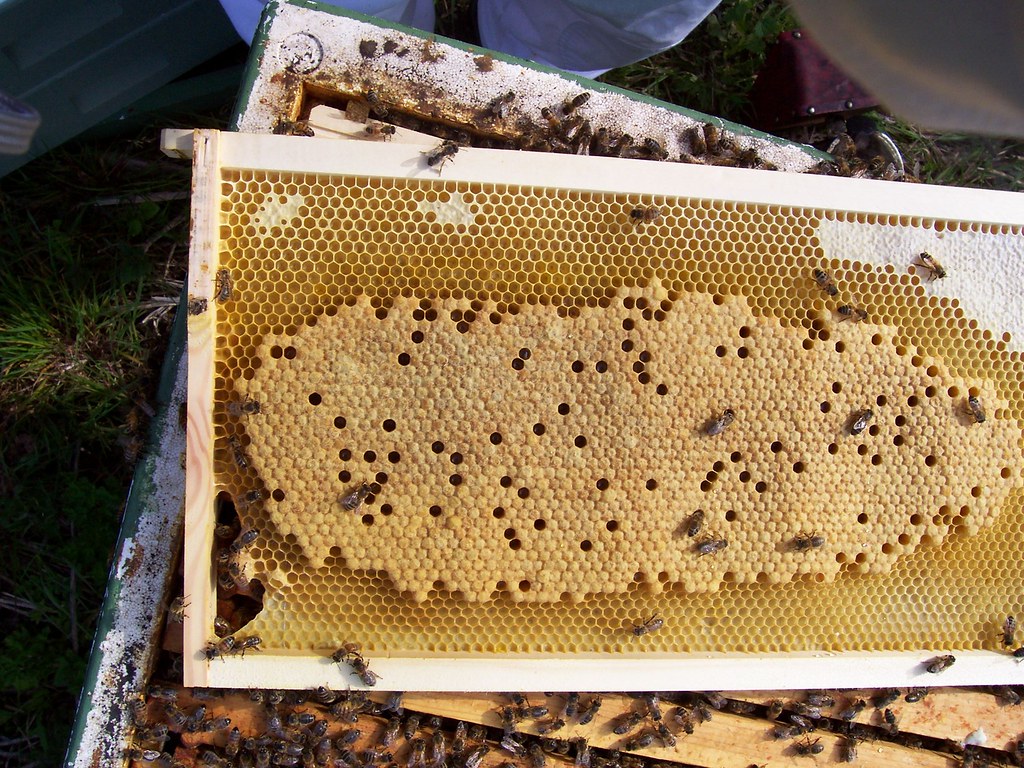drstitson
Queen Bee
- Joined
- Aug 4, 2010
- Messages
- 7,656
- Reaction score
- 3
- Location
- surrey, lincolnshire etc.
- Hive Type
- Dadant
- Number of Hives
- 14
dadant blatts in italy come in either 10 (500x435) or 12 (500x500) frame sizes (the smaller intended for nomadic purposes).





















































 - which one would you good people recommended? I have wondered about the quarterly one!
- which one would you good people recommended? I have wondered about the quarterly one!